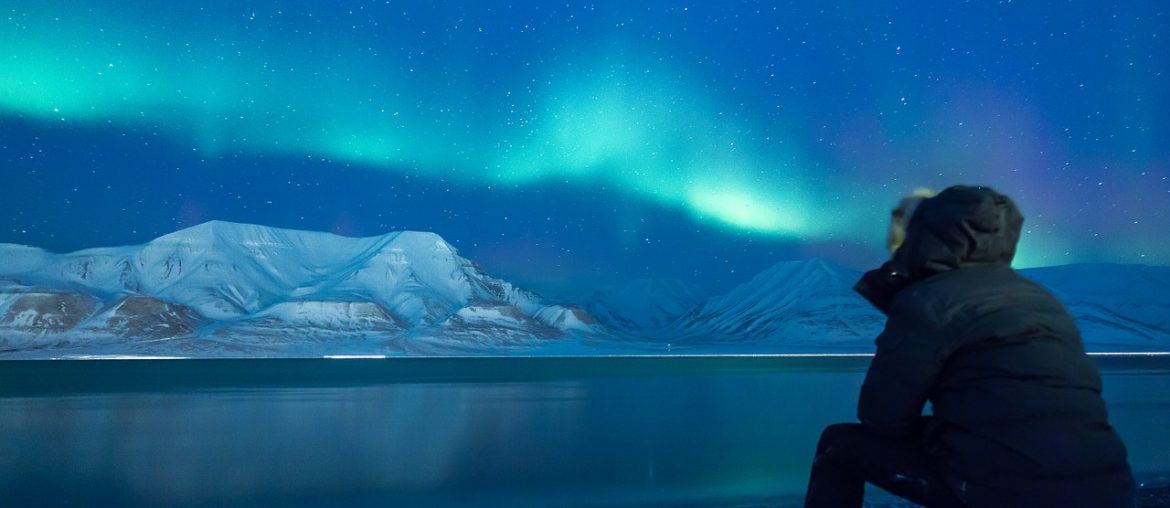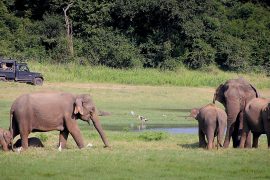It’s probably fair to say that the Northern Lights are the single most spectacular show put on by mother nature, anywhere in the world. More formally known as the Aurora, catching glimpse of the Northern Lights for the very first time can be a truly life-changing experience.
It’s the kind of celestial light show that has the power to reduce men and women of all ages to tears. Spectacular, spellbinding and perhaps a little spooky, millions of adventure seekers travel enormous distances every year, in hope of marvelling upon the Aurora.
Unfortunately, the mysterious nurse of the Northern Lights can be both a blessing and a curse. The reason being that even with all the scientific knowledge and research in the world, the Aurora can still be surprisingly unpredictable. Hence, if travelling any kind of distance in an attempt to catch a glimpse of the Aurora, you need to know precisely where to head and when you should be heading there.
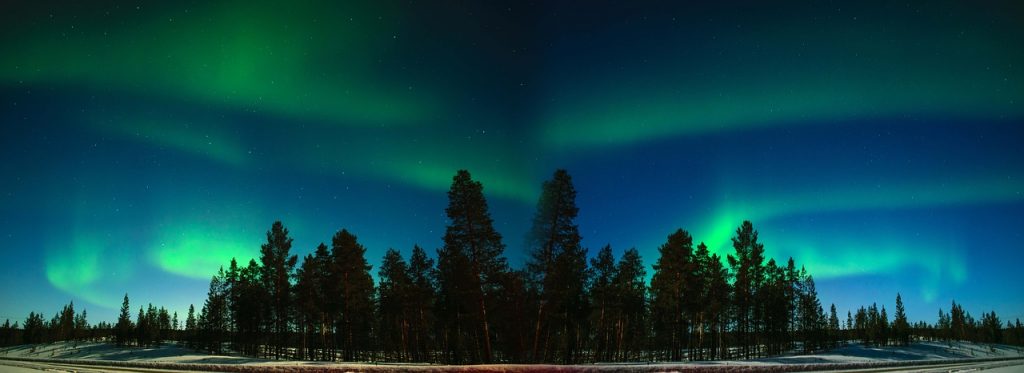
Where is the best place to see the Northern Lights?
Perhaps the most obvious and important question of all is also the most difficult to answer. Truth is, if there was a single place within the Aurora Zone which guaranteed access to the world’s greatest spectacle, it would hardly be a secret at this stage. Instead, dozens of places worldwide stake claim to being the best place to see the Aurora.
Or at least, the places with the highest likelihood of enjoying the show of a lifetime.
The good news being that to head anywhere within the Aurora Zone is to stand every chance of seeing the Northern Lights first-hand. As a rule of thumb, it’s a case of heading north and setting yourself up in one of the most reliable Aurora hotspots. The vast majority of which exist within the confines of Greenland, Norway, Lapland, Iceland and Sweden.
The fact that these are also superb places to head for a holiday in general serving as an added bonus.
For those looking to explore Finnish Lapland – perfect for those with a taste for all things festive – the beautiful settings of Nellim, Menesjärvi or Muotka come most highly recommended. Base yourself in such a remote location and chances are you’ll have nothing but the Northern Lights to keep you company.
There are few places in Norway that have become firm favourites among Aurora-hunters worldwide. One of which being Tromsø, which takes a backseat only to the glorious mountainous region of Lyngenfjord and the enchanting island of Sommarøy. Not the easiest places to get to, put well worth the effort nonetheless.
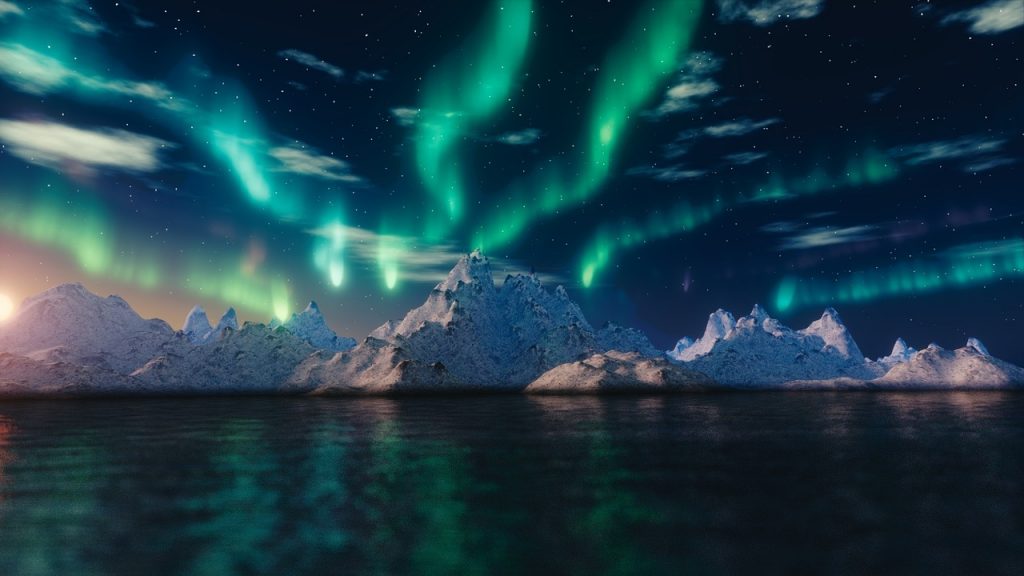
Anyone heading out to Sweden will be spoilt for choice, though it’s worth setting your sights on the breathtaking Luleå Archipelago. Or if you prefer, you’re almost guaranteed a celestial light show to remember out in Abisko.
For the more adventurous types out there – as if this wasn’t all adventurous enough – Greenland is home to a UNESCO protected icecap in Ilulissat, which provides one of the most spectacular locations for viewing the Northern Lights.
Last but not least, visitors to Iceland looking to enjoy the show can always stop by Reykjavik, though the northern coast of the island in general provides much more abundant Aurora-gazing opportunities. Be sure to stop by Akureyri at the right time of year.
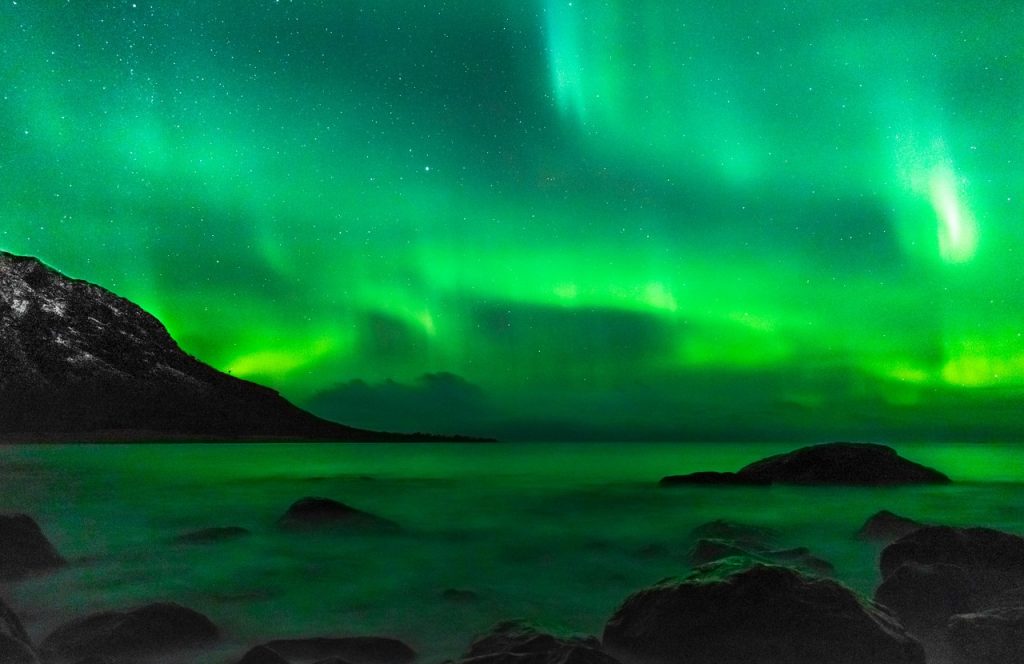
When is the best time to see the Northern Lights?
As for getting the timing right, it’s again a case of combining past experience with a good bit of luck. In most instances, it’s borderline impossible to know when the show is about to start, any more than a couple of hours before things kick off. Nevertheless, evidence would seem to suggest that there are certain times more likely to prove fruitful than others.
Primarily, the most popular months for Aurora hunting fall between January and March. The reason being that the nights are darker, the days are shorter and there’s plenty of snow and ice to reflect the stunning spectacle. Of course, winter wonderlands in general also tend to be at their most enchanting during the colder months of the year.
As for the best time of day, it goes without saying that the sky needs to be dark for the Northern Lights to do their thing. It doesn’t need to be pitch black – a common misconception – and it’s not uncommon for the Aurora to be visible from as early as 4.00 PM. That said, the vast majority of memorable sightings tend to happen somewhere between 9.00 PM and 1:00 AM.
A little vague perhaps, but it all adds to the mystery and wonder of this truly unique natural phenomenon!
Finally, if you don’t need any more convincing of adding a northern lights experience to your bucket list, check out this video:

